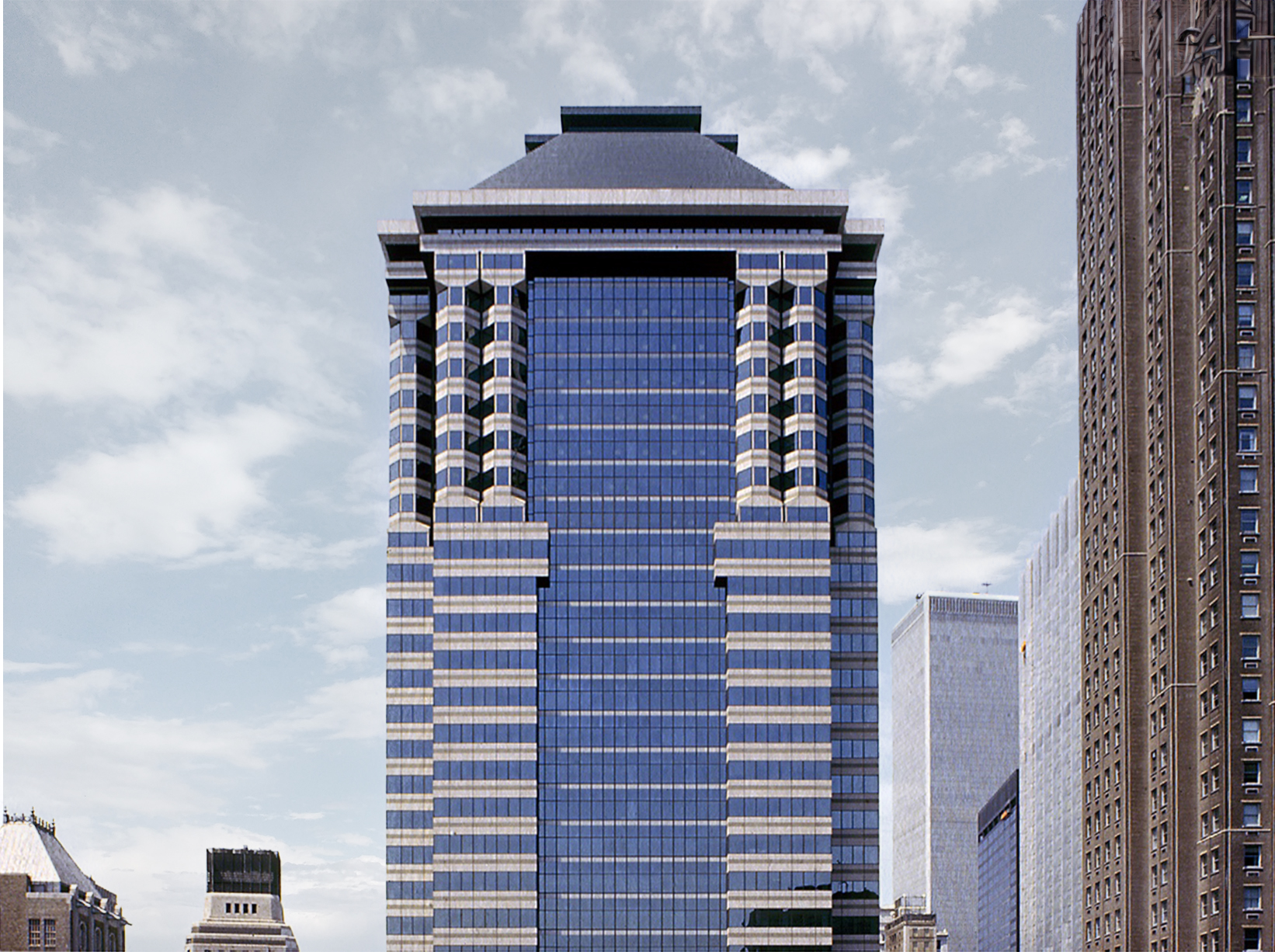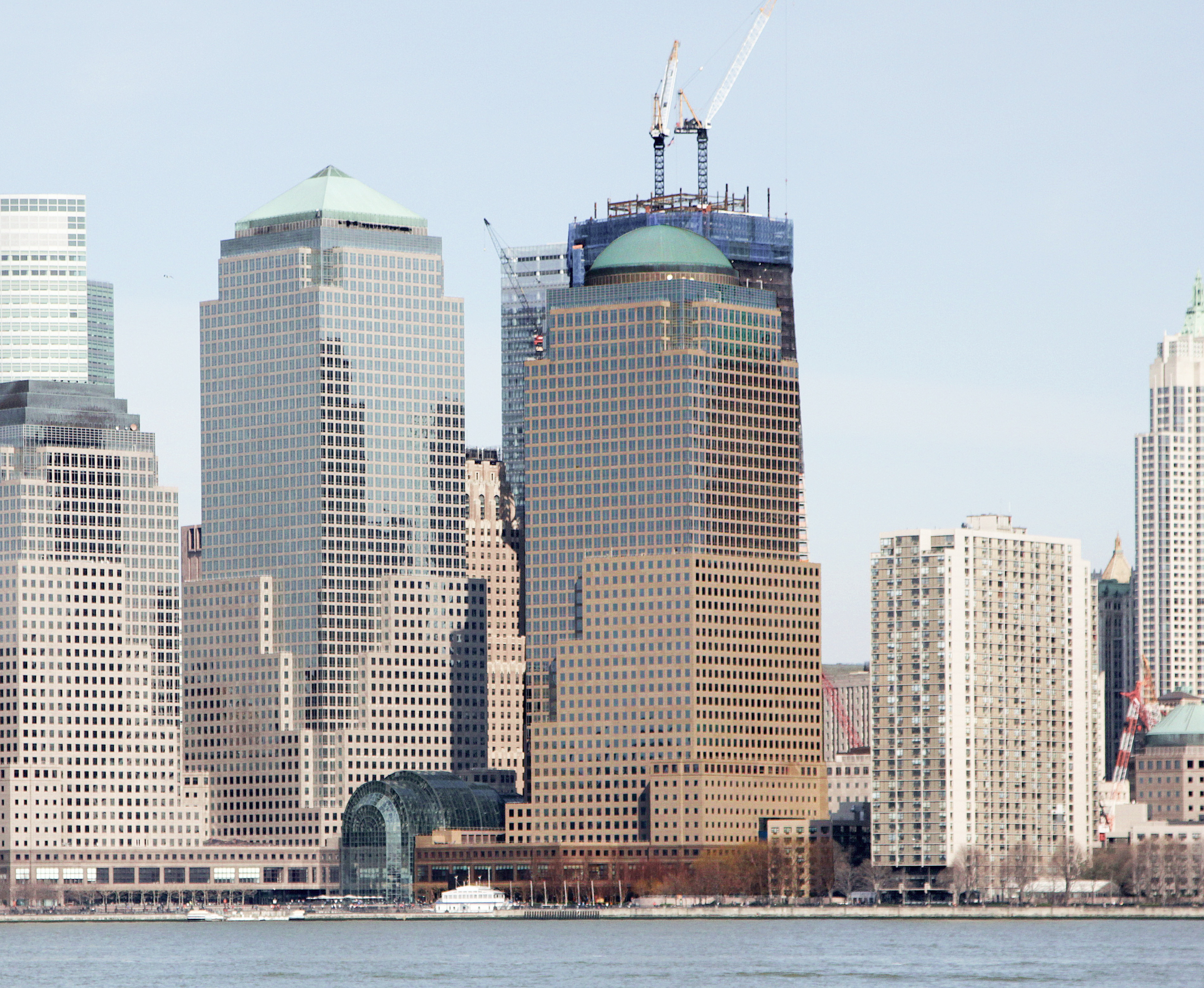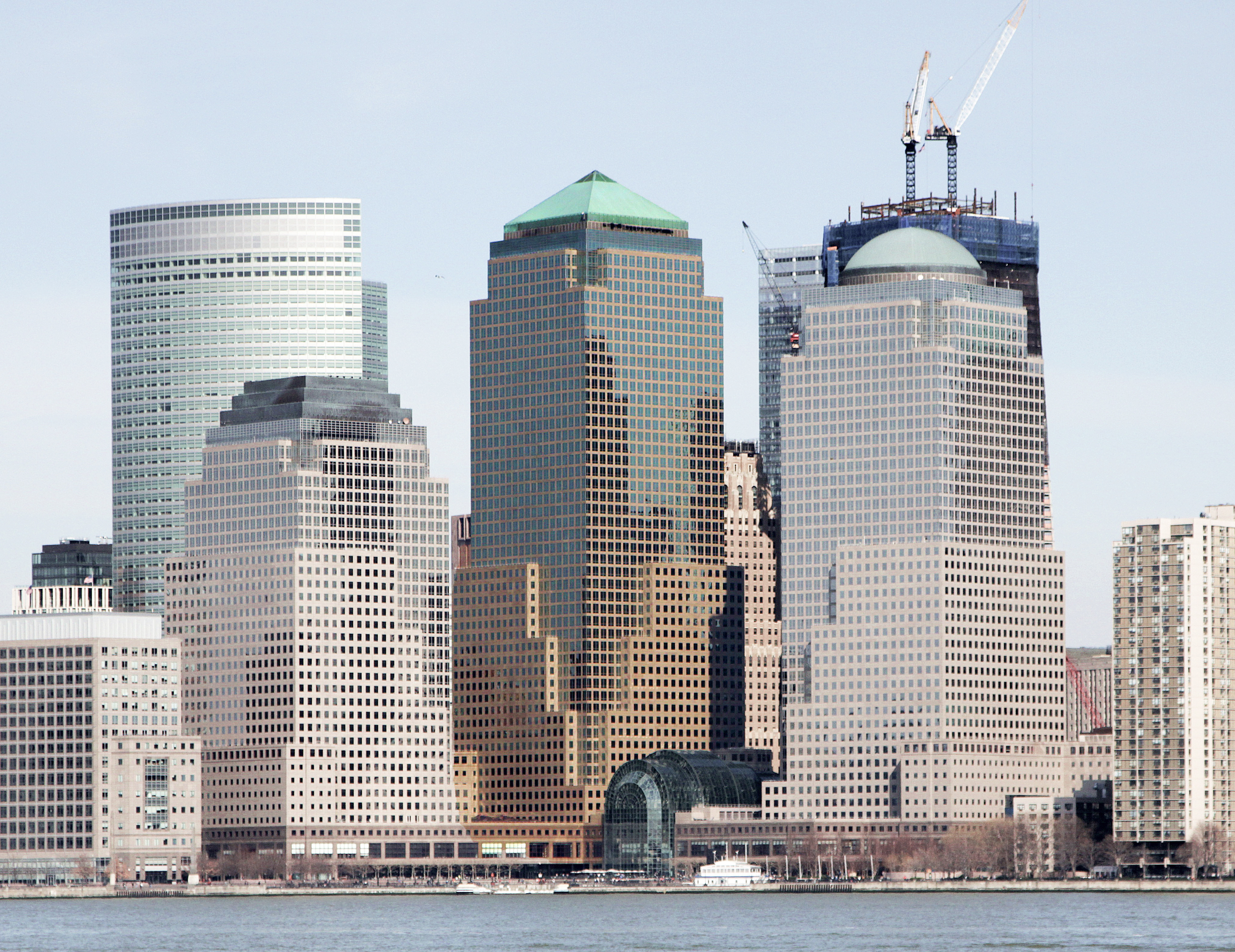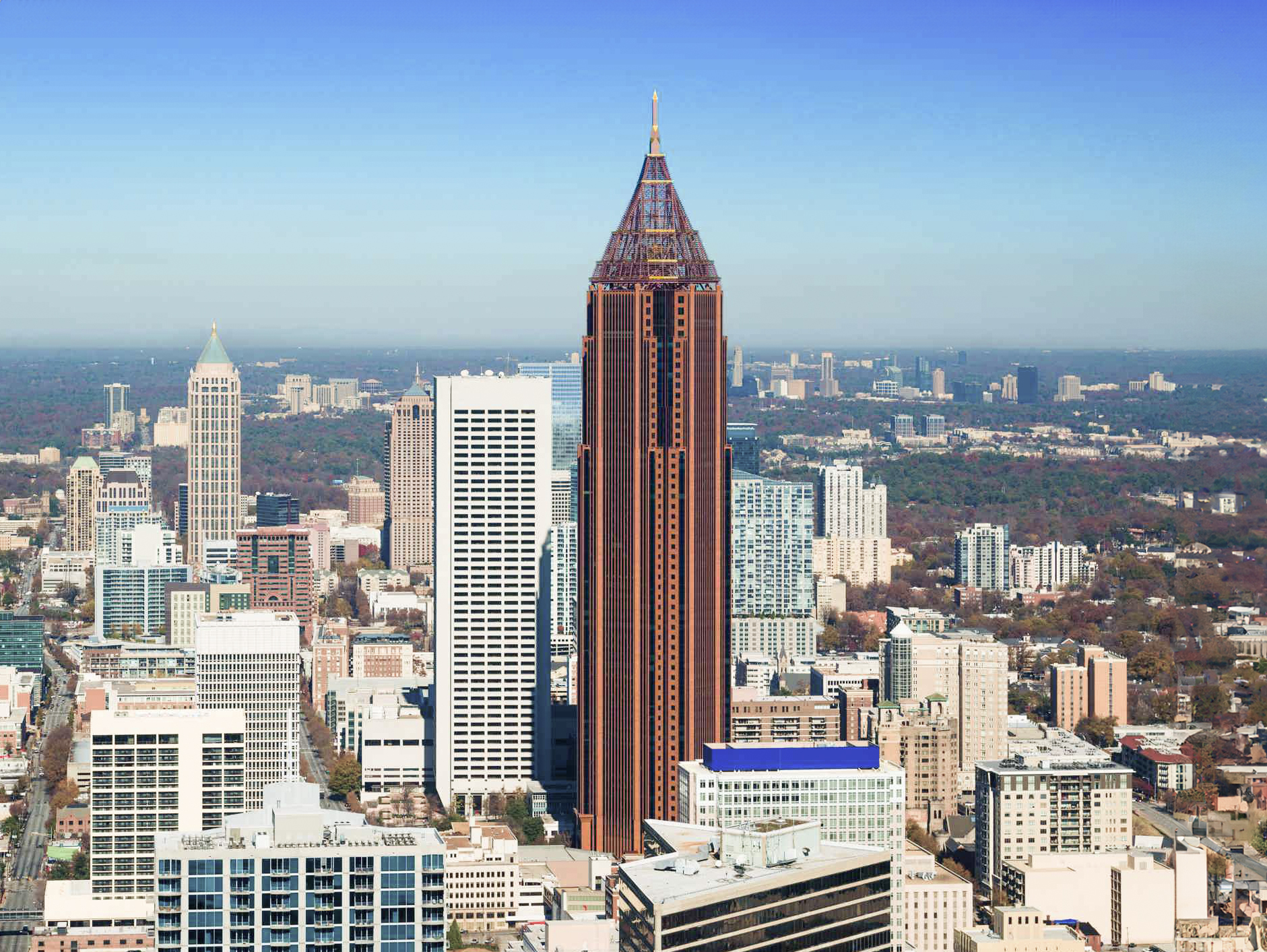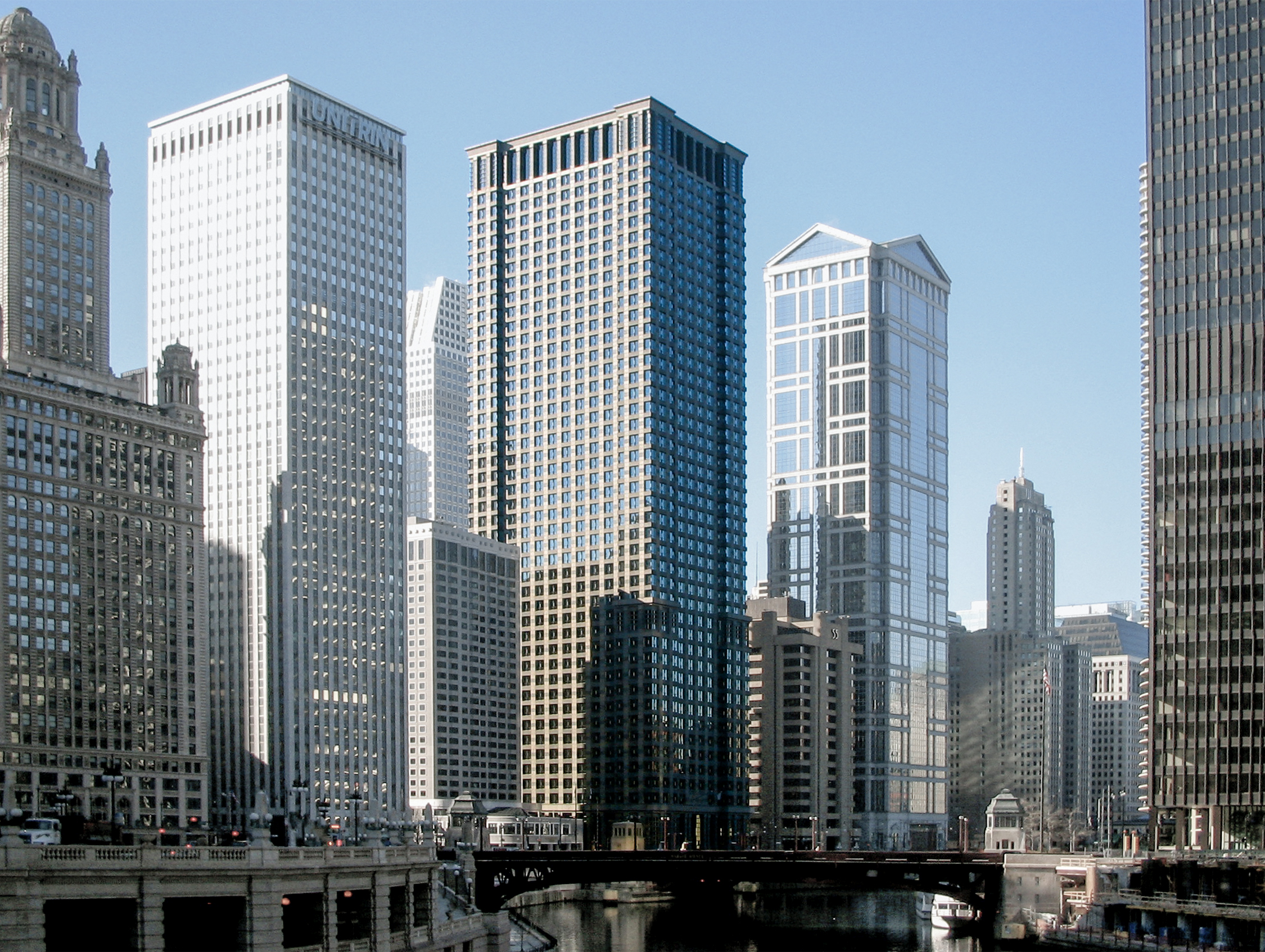The 60 Wall Street Building is a Postmodernist skyscraper designed by Roche Dinkeloo & Associates, and built between 1987 and 1989 in New York, NY.
60 Wall Street Building is not the only name you might know this building by though. It is common for companies to want to attach their names to iconic buildings when they move in, or for the general public to come up with nicknames, and this one is no exception. The building has changed names several times over the years, and is also known as:
- JP Morgan Headquarters between 1989 and 2001.
- Deutsche Bank Building between 2001 and 2019.
Its precise street address is 60 Wall Street, New York, NY. You can also find it on the map here.
In 2022, Kohn Pedersen Fox Associates announced the modernization of the building, affecting its façade and interior. News of the atrium’s renovation has been met with resistance and regret from New York City’s preservation, architecture, and urban planning communities. This restoration was repeatedly stopped by New Yorkers.
